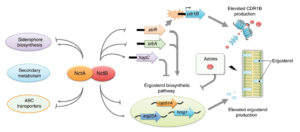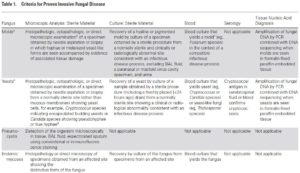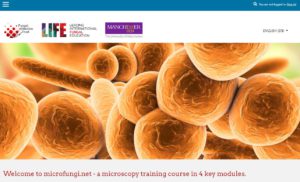Submitted by GAtherton on 14 March 2016
The MATHIAS project is funded by the European Union in the 7th Framework Programme under the theme:
HEALTH.2013.12-1 – Development of imaging technologies for therapeutic interventions in rare diseases.
The project started on 1st October 2013, the project duration is five years.
Scope of the project
The development of novel technologies to diagnose and clinically treat invasive Aspergillus fumigatus infections is the scope of this research consortium.

the spore head of A. fumigatus
A. fumigatus is a ubiquitous mould whose spores are airborne and thus frequently inhaled. Humans with impaired immunity, e.g. those with haematological malignancies or bone marrow transplant recipients, are at a dramatically increased risk of severe, invasive A. fumigatus infection known as invasive aspergillosis (IA). IA is a rare disease in Europe but causes tremendous costs to the public health sector.
Currently definitive diagnosis of IA is only obtained at autopsy or relies on invasive biopsy, an extremely unpleasant procedure which is not always applicable in suffering patients. Thus, a convenient, fast and specific diagnosis of IA is not available forcing clinicians to administer antifungal drugs, if a standard antibiotic treatment failed to reduce fever in risk patients. It would be of high financial benefit for clinics and has the potential to increase the survival rates of immuno-compromised patients, if a definitive diagnosis of IA could be obtained early and its response to treatment be monitored. This would allow applying the correct therapy at a dose and duration exactly tailored to patient needs. Equally important is the development of new treatment options which can replace existing systemic antifungal drugs with their known severe side effects.
The approach of the consortium is to develop new disease specific tracers based on monoclonal antibodies along with molecular imaging technologies PET/MR and microscopy. Newly developed tracers shall then be functionalised by a combined labelling with radio-isotopes allowing diagnostic PET imaging but also radio-immuno-therapy, thus representing truly anti-infectious theranostics. This would provide a framework for new tools in the management not only of this rare but life-threatening mycosis but principally also for other infectious hazards.
News archives
-
Title
Date

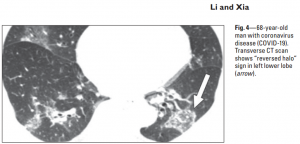
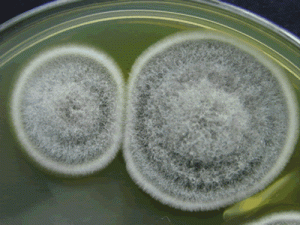

 ,
,  ,
, 
